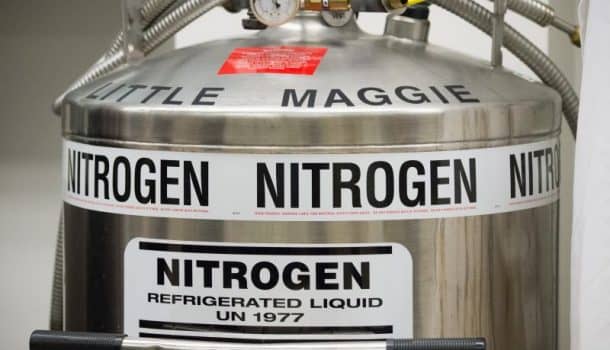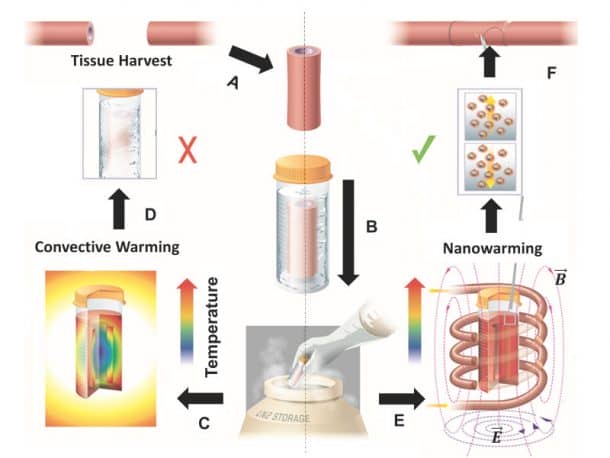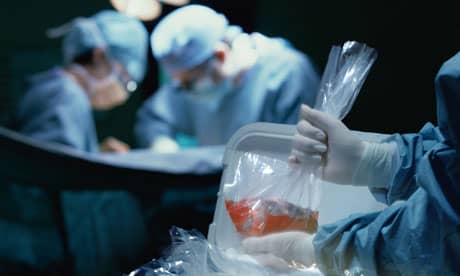Donating your organs after you pass away is one of the noblest and greatest services to humanity. It metaphorically lets some part of your existence live on, even after you fade away into the deathly abyss. It also gives one out of around 80,000 people another shot at life – the ultimate gift a human can give to another!
Besides people’s perplexing reluctance to be organ donors, another major reason behind the long list of people waiting for organs is because the fresh organs can survive only a few hours without blood flow and oxygen supply. In fact, many organs have to be discarded while just waiting to find a matching donor. Freezing them is a logical option, but doing so always has significant risks of permanently damaging the tissues.
At least that was the case until the recent study by a team of American researchers who claim to have come up with a process called nano-warming. The process can take care of the problem of “cryopreservation”/vitrification. Usually, when an organ is frozen, a special solution is used to keep them in a gel-like state at around -160 degrees Celsius (-256 degrees Fahrenheit). But the problem comes when they are required to be heated up again, as the tissues thaw too slowly and form ice crystals that start to crack unevenly.

“So, what’s exciting about this paper is that the team developed a method of heating that was rapid and uniform throughout the cryopreserved sample,” said the research team’s lead, University of Minnesota engineering professor John Bischof, in a press conference.
The latest “nanowarming” method takes care of the problem as it covers the organ in a specially designed 50-nanometer wonder balls that are made out of iron oxide coated with silica, a chemical called tri-methoxy silane and a polymer. The organ sample is surrounded by an electric current-carrying coil generating a magnetic field, which makes the particles vibrate as the magnetic field alternates, and thus, warms the organs evenly.

The technique has been employed on pig parts with great success. The results of the research were published in the journal Science Translational Medicine.
Zhe Gao, a University of Minnesota postdoctoral student and part of the research, talked about the achievement during a press conference,
“The crystallized samples were barely alive after the slow re-warming. But in a small system nanowarming could recover the viability and functionality of the porcine carotid arteries.”
When they use the word small, it means really small as the tissue samples used were in 1, 50, and 80-milliliter vials, which is a little more than a shot glass. Although these vials are enough for a rabbit kidney, a human kidney, heart, and lungs would at least need the whole bottle. And creating bigger containers could lead to issues in the even distribution of the heat.

This brings us back to the reality that any prospects of using cryonics is at least a decade away, and Kelvin Brockbank, chief executive officer of Tissue Testing Technologies, LLC concurs. While the prospect seems exciting, there still are many details that need sorting out before this option can become a viable one. Brockbank thinks that we won’t be able to see a full-body revival at least in the next 100 years.
“While it’s attractive to think that maybe one day we’ll be able to freeze down and bring back whole people or bodies, or let’s say their heads. We are so far away from that in terms of the complexity of much of those systems.” Cryobiology and cryonics don’t really mix,” said Bischof. “In cryobiology, we do try to stay science-based.”
We would like to know your thoughts on this incredible technology. Comment below!



If My body is usefull for human beings after I passed, I am willing to give it.